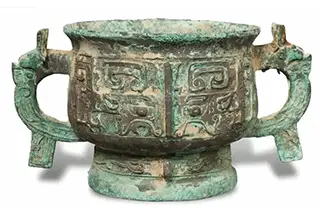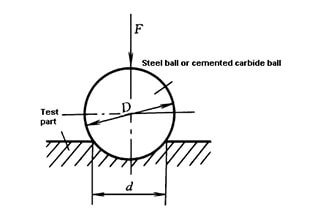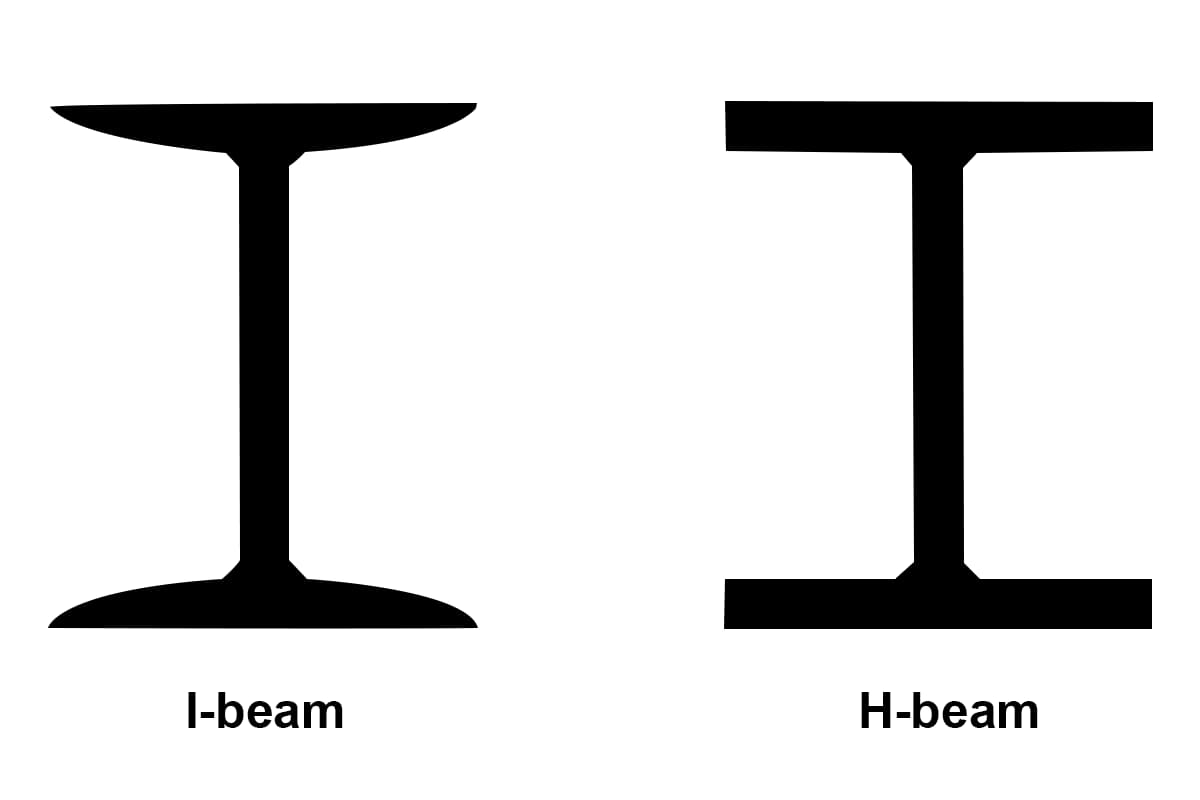
What makes a metal the strongest? In this article, we explore the fascinating world of metals, from tungsten’s unmatched tensile strength to titanium’s incredible corrosion resistance. Discover how these powerful materials are shaping industries and everyday life. Get ready to uncover the secrets behind the mightiest metals on Earth!
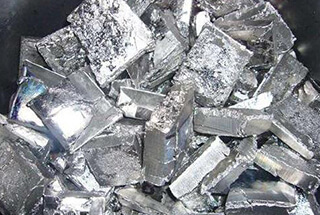
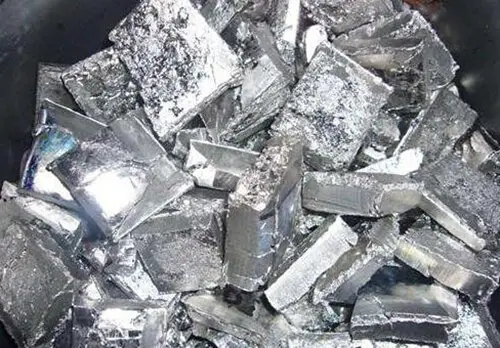
Tungsten, also known by its chemical symbol W, stands as the strongest metal on Earth, boasting the highest tensile strength among all known metallic elements. This exceptional strength, coupled with its unique properties, makes it invaluable in advanced manufacturing and engineering applications.
First identified as a distinct element in 1781 and isolated in its pure metallic form in 1783, tungsten is a rare transition metal naturally occurring in the Earth’s crust. Its scarcity and challenging extraction process contribute to its high value in industrial applications.
Tungsten’s most remarkable characteristic is its extraordinary thermal resistance. It possesses the highest melting point of all metals at 3422°C (6192°F) and an impressive boiling point of 5930°C (10,706°F). This exceptional heat resistance allows tungsten to maintain its structural integrity in extreme temperature environments where other metals would fail. Additionally, tungsten’s density is 19.3 times that of water, significantly surpassing even dense metals like lead, which contributes to its use in high-density applications.
The unique combination of tungsten’s properties makes it indispensable in various industries and products:
The ongoing research into tungsten’s properties and applications continues to expand its use in cutting-edge technologies, including additive manufacturing and next-generation nuclear reactors, further cementing its status as a critical material in modern industry.
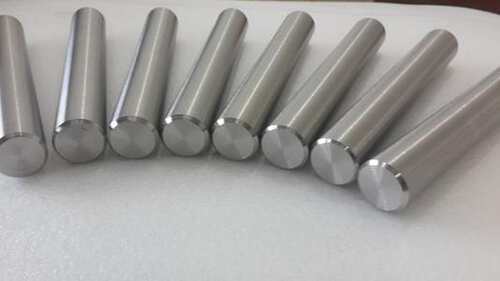
Titanium is a lustrous transition metal renowned for its exceptional strength-to-weight ratio, making it a highly sought-after material in advanced industrial applications. This silvery-white metal combines low density (approximately 60% that of steel) with high tensile strength (comparable to many steels), offering an unparalleled combination of properties.
One of titanium’s most valuable characteristics is its outstanding corrosion resistance, particularly in aggressive environments such as seawater and chlorine-rich atmospheres. This resistance stems from its ability to form a stable, self-healing oxide layer on its surface, providing protection against various corrosive media.
Compared to steel, titanium exhibits superior specific strength (strength-to-weight ratio) and corrosion resistance. While high-strength steels may offer similar absolute strength, titanium’s lower density results in lighter components, crucial for aerospace and high-performance applications. Titanium’s unique properties extend beyond structural uses:
In addition to its structural applications, titanium dioxide (TiO2) is extensively used as a white pigment in paints, coatings, plastics, and paper products, valued for its brightness and high refractive index. The metal’s unique properties also make it valuable as an alloying element in various materials, enhancing their performance characteristics.
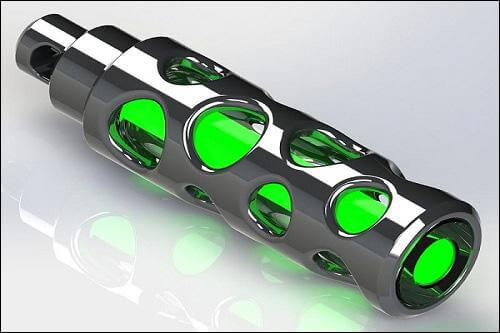
Tritium is a rare radioactive isotope of hydrogen, not a metal, that occurs naturally in trace amounts on Earth and can also be artificially produced. It is indeed one of the most expensive substances by weight, primarily due to its scarcity and the complexity of its production process.
Tritium is not found alongside other rare metals on Earth. Instead, it is primarily produced through neutron activation of lithium in nuclear reactors or as a byproduct of nuclear fission. Its natural occurrence is extremely limited, mainly resulting from cosmic ray interactions with atmospheric gases.
The separation and purification of tritium involve sophisticated cryogenic distillation processes, as it must be isolated from other hydrogen isotopes. This complexity contributes significantly to its high cost and limited availability.
In industrial applications, tritium is used in self-powered lighting for exit signs, watch dials, and weapon sights. It also plays a crucial role in nuclear fusion research and as a component in some thermonuclear weapons. Its handling requires specialized equipment and strict safety protocols due to its radioactive nature and potential for environmental contamination.
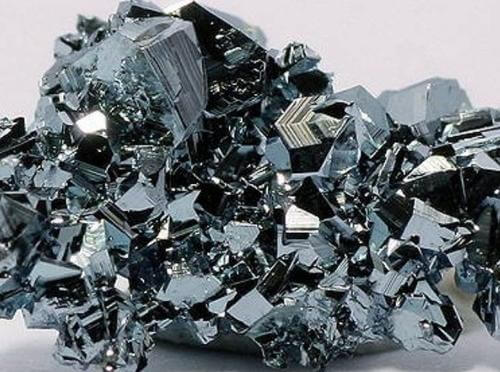
Osmium, the densest naturally occurring element, is a member of the platinum group metals (PGMs) with an atomic number of 76. This rare transition metal boasts a density of 22.59 g/cm³, significantly higher than that of lead (11.34 g/cm³) or even platinum (21.45 g/cm³).
Characterized by its lustrous, bluish-white appearance, osmium exhibits exceptional resistance to chemical attack. It remains inert to most acids and alkalis at room temperature, only succumbing to oxidation when heated or exposed to finely powdered form. This chemical stability is attributed to its compact crystal structure and high cohesive energy.
In the realm of industrial applications, osmium serves as an effective catalyst, particularly in organic synthesis reactions. Its catalytic properties are leveraged in hydrogenation and dehydrogenation processes. In metallurgy, osmium is alloyed with other metals to enhance hardness and wear resistance. A notable example is the osmium-platinum alloy (typically 90% platinum, 10% osmium), which combines the corrosion resistance of platinum with the hardness imparted by osmium.
The extreme hardness and corrosion resistance of osmium make it invaluable in precision instrumentation. It finds application in the manufacturing of high-end writing instruments, where osmium-tipped nibs offer superior durability. In metrology, osmium is used in the production of wear-resistant pivot bearings for high-precision compasses and other measuring devices. Historically, osmium was employed in the production of phonograph needles, significantly extending their lifespan compared to conventional materials.
In biomedical engineering, osmium’s biocompatibility and structural integrity make it suitable for certain implantable devices. While pure osmium is rarely used due to its brittleness and potential toxicity when oxidized, its alloys contribute to the development of robust components for artificial heart valves and pacemaker electrodes. These applications capitalize on osmium’s resistance to bodily fluids and its ability to maintain structural integrity under physiological conditions.
The melting point of osmium is exceptionally high at 3033°C (5491°F), surpassed only by a few elements such as tungsten and rhenium. This refractory property, combined with its density and chemical resistance, makes osmium a candidate material for extreme environment applications, although its rarity and difficulty in processing often limit its use in bulk form.
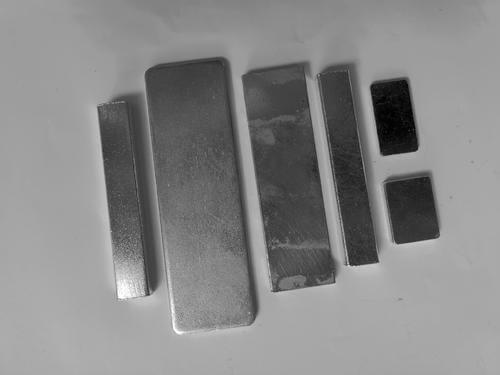
Iron, the fourth most abundant element in Earth’s crust, is a cornerstone of modern industry and civilization. It constitutes the primary component of both the Earth’s outer and inner core, playing a crucial role in the planet’s magnetic field and geodynamics.
Iron exhibits polymorphism, existing in four distinct crystalline structures (allotropes) depending on temperature and pressure:
This versatile metal’s unique properties, including its strength, ductility, and magnetic characteristics, make it indispensable across a vast spectrum of industries. From heavy industrial applications to everyday consumer goods, iron and its alloys (particularly steel) are ubiquitous:
The adaptability of iron, combined with its relative abundance and cost-effectiveness, ensures its continued prominence in technological advancement and economic development worldwide.

Steel, an iron-carbon alloy, is the most widely used metal in industrial and consumer applications due to its versatility, strength, and cost-effectiveness. Produced through various methods, including the traditional blast furnace process and more modern electric arc furnace technology, steel’s properties can be precisely tailored to meet specific requirements.
The production process typically involves melting iron ore, removing impurities, and adding carefully controlled amounts of carbon and other alloying elements. This results in a material with superior mechanical properties compared to pure iron. Steel’s carbon content usually ranges from 0.002% to 2.1% by weight, significantly influencing its characteristics.
Steel’s prominence in numerous sectors stems from its exceptional combination of high tensile strength, ductility, and relatively low cost. It serves as a critical component in:
The material’s adaptability is further enhanced through various heat treatments and alloying processes, allowing for the creation of specialized steels such as stainless steel, tool steel, and high-strength low-alloy (HSLA) steel. These variations expand steel’s applicability across diverse environments and demanding applications.
As the backbone of modern industrialization, steel continues to evolve with advancements in production techniques, including the development of more environmentally friendly processes and the exploration of novel alloy compositions to meet emerging technological challenges.
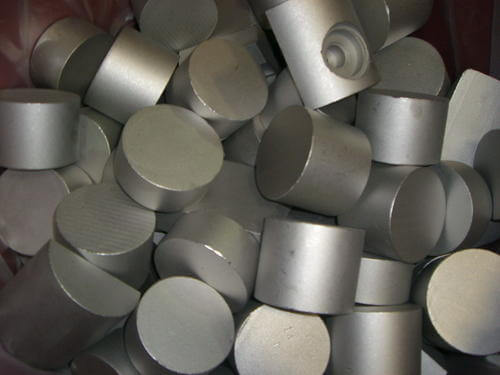
Zirconium is a versatile transition metal characterized by its lustrous gray-white appearance and exceptional properties. This element, with atomic number 40, exhibits a unique combination of strength, ductility, and corrosion resistance, making it invaluable across various industrial applications.
In metallurgy, zirconium serves as a potent alloying agent, enhancing the mechanical and chemical properties of other metals. Its addition to steel, for instance, significantly improves strength and corrosion resistance. Zirconium alloys, particularly Zircaloy (a zirconium-tin alloy), are extensively utilized in nuclear reactors due to their low neutron absorption cross-section and excellent resistance to radiation damage.
The refractory properties of zirconium compounds, such as zirconium dioxide (ZrO2), are exploited in high-temperature applications. These materials are crucial in the production of thermal barrier coatings, ceramic molds for investment casting, and advanced ceramics. In the glass and ceramics industry, zirconium compounds act as opacifiers and pigments, contributing to the production of heat-resistant glazes and specialty glasses.
Zirconium’s exceptional corrosion resistance, particularly to most acids, alkalis, and seawater, makes it indispensable in chemical processing equipment. This property, combined with its biocompatibility, has led to its increased use in medical implants, particularly in orthopedic and dental applications. Zirconium oxide, known for its durability and aesthetic appeal, is widely used in dental crowns and bridges.
In the aerospace sector, zirconium alloys find applications in jet engine components and spacecraft materials due to their high strength-to-weight ratio and heat resistance. The metal’s ability to withstand extreme conditions also makes it valuable in the production of specialty alloys for use in chemical plants and nuclear submarines.
Recent advancements have seen zirconium compounds being investigated for use in solid oxide fuel cells, catalytic converters, and as a component in high-performance superconductors. Additionally, zirconium’s role in water treatment technologies, particularly in the removal of phosphates and heavy metals, is gaining prominence in environmental applications.
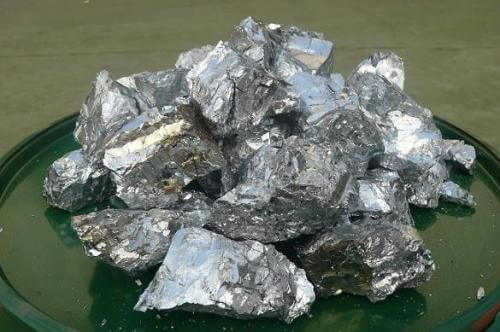
Chromium is a lustrous, brittle, and exceptionally hard transition metal, typically exhibiting a silver-gray hue. Its highly polished surface maintains its brilliance, resisting tarnishing even when exposed to air. While chromium demonstrates reactivity with oxygen, its unique combination of properties—including superior hardness, exceptional corrosion resistance, and outstanding polishing characteristics—makes it invaluable in numerous industrial and manufacturing applications.
In metal finishing, chromium electroplating stands out as a critical process. This technique deposits a thin, protective layer of chromium onto various base metals, enhancing both their aesthetic appeal and functional properties. The resulting chrome-plated surfaces boast increased hardness, improved wear resistance, and a distinctive mirror-like finish.
Beyond plating, chromium plays crucial roles in:
The versatility of chromium in these applications stems from its unique electron configuration, which allows for multiple oxidation states and complex compound formation. However, it’s crucial to note that while chromium metal and its trivalent compounds are generally considered safe, hexavalent chromium compounds are known carcinogens, necessitating strict handling and disposal protocols in industrial settings.
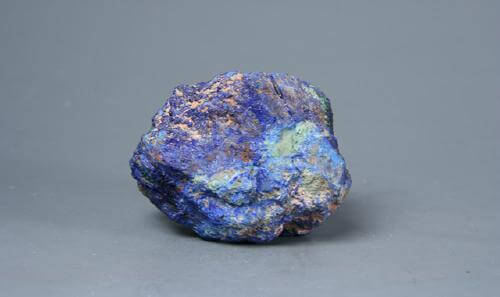
Vanadium is a versatile transition metal known for its exceptional strength-to-weight ratio and corrosion resistance. This silvery-gray element, represented by the symbol V and atomic number 23, was discovered in 1801 by Andrés Manuel del Río, though it was initially misidentified. It was later rediscovered and named after Vanadis, the Norse goddess of beauty and fertility, reflecting its colorful compounds.
With a melting point of 1910°C (3470°F), vanadium exhibits remarkable thermal stability. Its unique properties stem from its electron configuration, which allows for multiple oxidation states, contributing to its diverse applications in metallurgy and materials science. Vanadium naturally occurs in about 65 different minerals and can be found in certain fossil fuel deposits, particularly in crude oil and coal.
China and Russia lead global vanadium production, with significant contributions from South Africa and Brazil. The metal is primarily extracted as a by-product of other metal ores, such as titaniferous magnetite, or recovered from industrial waste streams, emphasizing its role in sustainable resource utilization.
Vanadium’s most significant application is in the steel industry, where it serves as a potent alloying element. When added to steel, even in small quantities (0.1% to 0.5%), vanadium substantially enhances strength, toughness, and wear resistance. This property is crucial in high-strength low-alloy (HSLA) steels used in construction, automotive, and aerospace industries. Ferrovanadium, an iron-vanadium alloy, is the primary form for introducing vanadium into steel.
Beyond steelmaking, vanadium finds critical applications in:
The growing demand for high-performance materials in emerging technologies continues to drive research into new vanadium-based alloys and compounds, underlining its importance in advanced materials engineering and sustainable energy solutions.
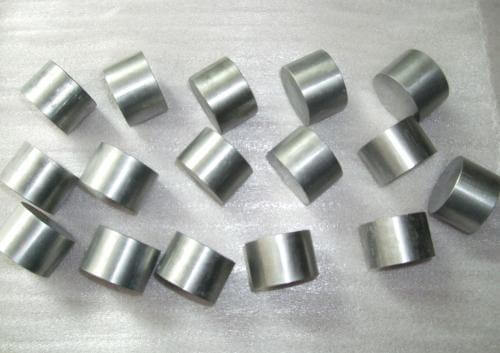
Tantalum is a rare, ductile transition metal renowned for its exceptional corrosion resistance, attributed to a self-healing, passive oxide layer (Ta2O5) that forms spontaneously on its surface. This characteristic, combined with its high density (16.69 g/cm³) and excellent mechanical properties, makes tantalum one of the most sought-after refractory metals in advanced engineering applications.
In aerospace, tantalum alloys are critical components in jet engine superalloys, contributing to increased operating temperatures and improved fuel efficiency. The metal’s superior electrical properties, particularly its high capacitance per unit volume, make it indispensable in the manufacture of miniaturized electronic components, especially high-performance capacitors used in smartphones, laptops, and medical devices.
Tantalum’s remarkable chemical inertness (resistant to acids up to 150°C, except hydrofluoric acid) renders it invaluable in the chemical processing industry. It is extensively used in fabricating corrosion-resistant heat exchangers, reaction vessels, and piping systems for handling aggressive media such as hot concentrated sulfuric acid. In biomedical applications, tantalum’s biocompatibility and osteoconductivity make it an excellent material for orthopedic implants and surgical instruments.
With an atomic number of 73 and symbol Ta, tantalum exhibits extraordinary thermal properties. Its melting point of 3020°C and boiling point of 5457°C are among the highest of all elements, surpassed only by tungsten and rhenium. These characteristics enable tantalum to maintain structural integrity in extreme high-temperature environments.
Despite its technological importance, tantalum is classified as a conflict mineral, with production concentrated in politically sensitive regions. Major sources include the Democratic Republic of Congo, Rwanda, Brazil, and Australia. Ethical sourcing and recycling initiatives are increasingly important in the tantalum supply chain to ensure responsible production practices.


